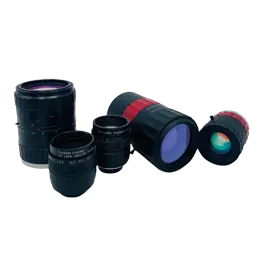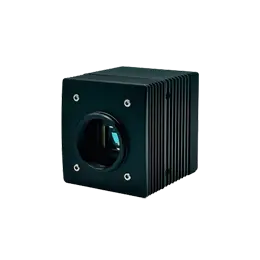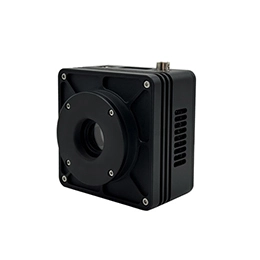In general, a complete machine vision system is composed of the optical system (light source, lens, industrial camera), image acquisition unit, image processing unit, actuator and human-machine interface and other modules. All functional modules are indispensable and complement each other.
1. Lighting (light source)
Lighting is an important factor that affects the input of the machine vision system. The design of the light source system is very important because it is directly related to the input data, which is the image quality and application effects. Engineers should first determine the effective lighting conditions and select the corresponding lighting devices according to user needs and product characteristics. In this way, it can be ensured that the image generated under this lighting condition can highlight the target information characteristics that the user needs. In general, light sources can be divided into visible light sources and invisible light sources. Visible light sources such as LED, halogen lamp and fluorescent lamp are commonly used in the industry. Invisible light sources are mainly divided into near-infrared light, ultraviolet light, X-ray, etc. Currently, LED light source is the most widely used machine vision light source and it has the characteristics of high efficiency, long life, moisture-proof, shock-proof, energy-saving and environmental protection. It is the best option for engineers to design the lighting system. The invisible light source is mainly used to meet specific needs, such as the detection of the pipeline welding process. The deception point can be reached due to the penetrability of invisible light.
2. The lens
The lens is an important component in the machine vision system with the function of optical imaging. The main parameters of the lens are focal length, Depth of Field (DOF), resolution, working distance, Field of View (FOV), etc. Depth of field refers to the distance range of the subject and the best focus when the lens can obtain the best image. The field of view represents the maximum range that the camera can observe, and it is usually expressed as an angle. In general, the larger the field of view, the larger the range of observation.
Working distance refers to the distance between the lens and the photographed object. The longer the working distance, the higher the cost.
The lens should be selected to match the user needs of parameters in the design of the machine vision system.
3. Industrial cameras
Industrial cameras are essential in the machine vision system. They are used to capture images like human eyes. According to the different photoreceptors of the camera, it can be divided into:
CCD camera; CMOS camera
CCD — Charge Coupled Device
CMOS — Complementary Metal Oxide Semiconductor
Although the cost of the CCD camera is high, it has better imaging quality, imaging permeability, color richness, etc than that of the sensor CMOS camera.
According to the CCD photosensitive elements, the CCD camera can be divided into two categories of linear array and area array.
The line scan camera has a "line" shape, and the image information can only be processed in units of behavior with high resolution and fast speed. It is mainly used in industry, medical, scientific research and other fields.
4. The image acquisition unit
The most important component in the image acquisition unit is the image acquisition card, which is the interface between the image acquisition unit and the image processing unit. It is used to digitize the collected images, input and store them in the computer.
5. Image processing unit
It contains a large number of image processing algorithms. After the image is obtained, these algorithms are used to process the digital image, analyze and calculate, as well as output the result.
6. Actuator and man-machine interface
After completing the image acquisition and processing, it is necessary to output the results of the image processing and make actions that match the results, such as rejecting and alarming. Also, production information can be displayed through the man-machine interface.
The target to be photographed is converted into an image signal through the optical system, and then the image signal is transmitted to the image acquisition card. And it is converted into a digital signal according to the pixel distribution, brightness, color and other information.
The image processing unit effectively calculates these digital signals and obtains the eigenvalue of the shooting target, so as to conduct equipment and implement corresponding actions based on the results.



